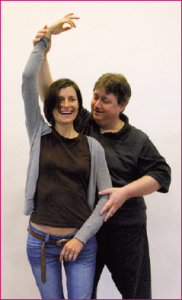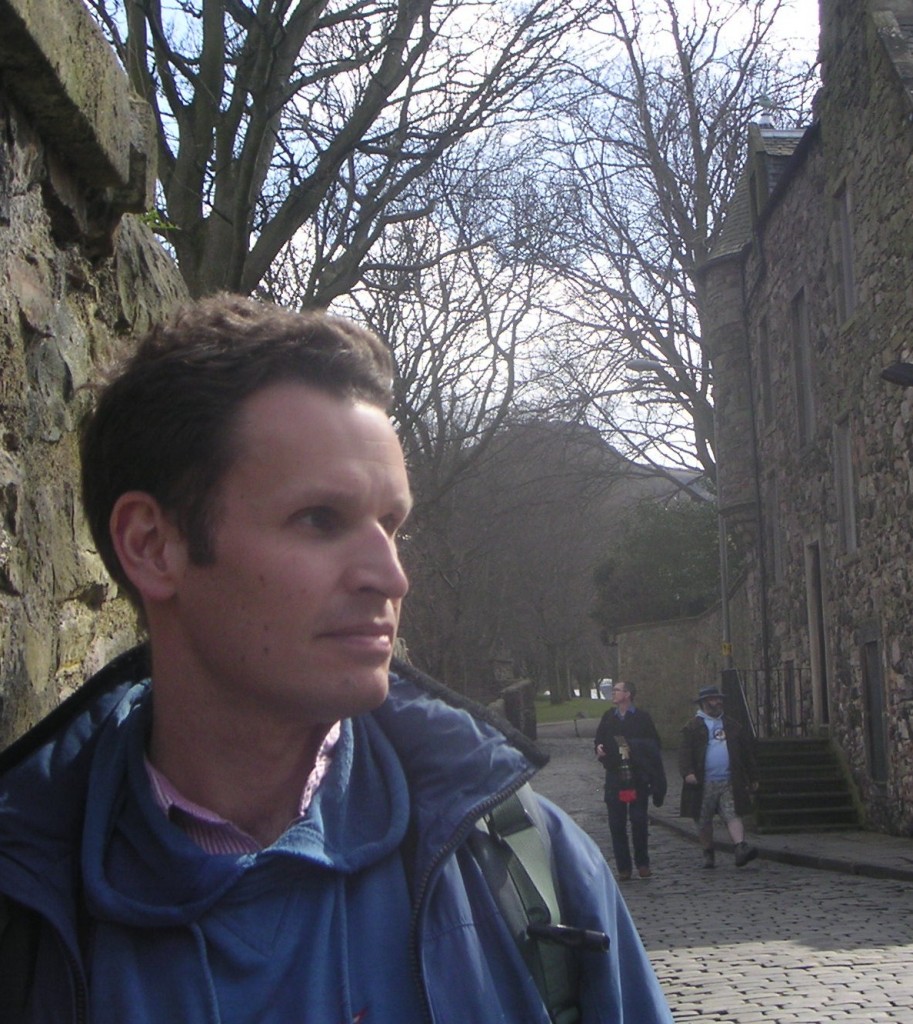I met up with a friend recently, a runner. She has been experiencing some injury problems over the past year and at the time we met she was considering how she could resolve them. I listened while she talked through her options. Eventually she paused and then said to me ‘but when you had problems with your running you sorted them out just by thinking about them’.
Her comment really stuck in my mind but the more I thought about it the less sure I was that I understood what she had meant.
By ‘just’ did she mean that I used thinking alone, without employing the services of a practitioner such as a physiotherapist? Or did she use ‘just’ to mean that thinking was in some way of low value?
And what did she mean by ‘thinking’? Did she mean ‘analysis’, or ‘concentration’, or ‘planning’, or something else? And was what she meant by ‘thinking’ the same as the process that I continue to use to overcome my own running woes?
For me, the process that I am following was nicely summed up by Frank Jones in his book Freedom to Change. Frank said that one of the three things that the Alexander Technique can teach you is: ‘how to bring more practical intelligence into what you are already doing’†.
The idea of bringing more practical intelligence into my activities appeals to me. It sounds like a good idea generally and something that could help prevent me from injuring myself, but like so many other people I waited until I was experiencing pain (and then I tried to persist through the pain) before I decided to apply it.
So how did I get myself into such a situation in the first place?
I’ve never been a serious runner. I run for fun and to keep fit. (Who am I kidding? I run to get fit!)
Occasionally I choose a goal to train for, usually a half-marathon. I did my first one in 2002 and more followed, but gradually my right knee began to complain. I think the problem started sometime around 2007.
After the Glasgow half-marathon in 2009 I decided to rest the knee, no running for 6 months.
But 6 months later my knee would still ache if I tried to run; it even ached if I ran for a bus. Sometimes it ached for no apparent reason.
I also noticed other things that concerned me and that I thought might be related. For instance, when I stretched there seemed to be far less flexibility around my right hip joint than around the left. Even more noticeable was that whenever I was standing the whole of my right leg felt odd. It was like I didn’t know how to use it, and I would continually fidget to try and find a comfortable way to stand.
These experiences and my ongoing knee pain put an end to any thought of returning to running. I needed to get some medical advice.
Fortunately my chiropractor confirmed that there was no underlying injury.
Having ruled out a medical cause I then considered whether the problem was being caused by how I was running. This is exactly the type of question that an Alexander Technique teacher can help to answer, so I decided at the beginning of 2014 to take some lessons with Nicola from Reason to Change.
In the lessons Nicola watched me run and she helped me to identify some unhelpful general ideas that I wasn’t aware that I was using in my running.
There were also some specific ideas which were affecting how I was moving my right leg. In one lesson, after seeing me run, she asked me how wide I thought the path we were on was. What she had noticed (but I was unaware of) was that I was moving my right leg to place my foot where it would need to go if I was running on a narrow beam that I was scared of falling off.
I was encouraged by this new information from the lessons and I decided to apply for a local 10k race and to start a 5-month training program. Having been struggling with my knee for nearly 7 years I decided to set myself a simple goal: to run regularly and to get to the day of the race uninjured.
The key idea that I followed in my training was the one I took from Frank Jones: to bring more practical intelligence into my running.
I started with a very clear and simple concept of what running involves. The concept was: that I was using my legs, making simple movements at their joints to produce forward motion, and that muscular effort elsewhere would not be helpful to my purpose.
In addition to this concept I would tell myself not to follow the unhelpful ideas that Nicola had helped me identify. Keeping all of this in mind I would run.
This ‘mental work’ is the process that my friend, in our conversation, quite reasonably referred to as ‘thinking’.
Over my period of gentle training I would follow this process of bringing practical intelligence into my running, and maintaining it as I ran. Gradually my mental discipline increased and I was able to follow this process more consistently with fewer periods where I slipped back into ‘unthinking’ exercise.
As the months passed I ran further and more frequently, and I was delighted to find that my knee was improving. In fact I was putting so much thought into running that sometimes, if my knee ached at the end of a working day, spent mostly on my feet, it would improve when I went for my evening run.
Of course what this showed me was that I was confining my ‘practical intelligence’ to running, when I could be applying it to anything. I decided to bring the new process into my walking and see what would happen.
Again I experienced a rapid improvement and after a few months I noticed a change in my balance while walking. An increase in stability. Once this change had happened it seemed familiar. I could remember walking in this stable, looser way but a long, long time ago.
When the day of the 10k came I had reached my goal. Someone who had been struggling with a ‘troublesome knee’ for 7 years, who hadn’t entered a run for 5 years, had just spent 5 months running between twice and three times a week and wasn’t struggling with his fitness.
I was delighted and for the first time in a long time I had a sense of being ‘active’.
In the race itself I completed the course in a time that surprised me. I ran about 10% faster than I expected.
In the 7 months since then I have continued to run and to apply this practical intelligence to my running, to my walking and to more of my everyday life. I’m happy to report that the improvement continues and that for me this has been one of the best examples of what the Alexander Technique has brought to my life.
† Jones, Freedom to Change, p. 2.
 This enjoyable and informative session offers an opportunity to work with one of the most pioneering teachers of the Alexander Technique. Don will introduce you to his unique approach to the Alexander Technique – the Interactive Teaching Method (ITM).
This enjoyable and informative session offers an opportunity to work with one of the most pioneering teachers of the Alexander Technique. Don will introduce you to his unique approach to the Alexander Technique – the Interactive Teaching Method (ITM).

